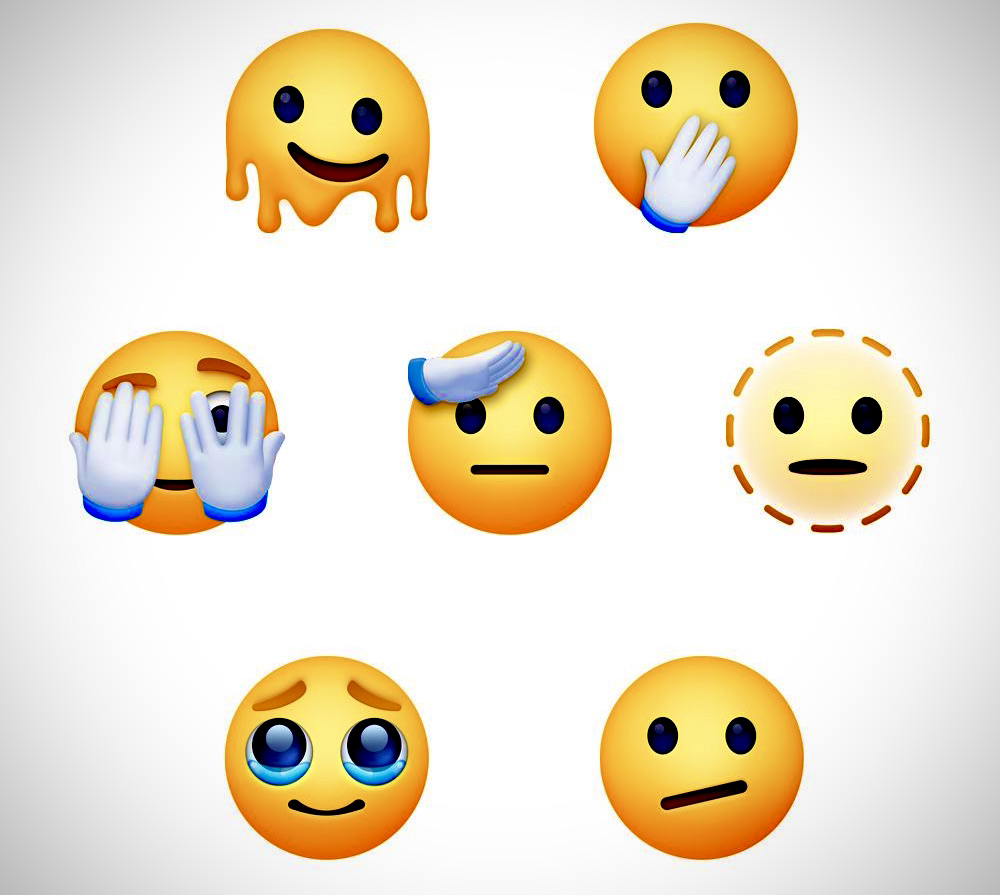Once upon a time, I had a comfortably introverted life. That all changed in 2014, when my first book came out, and my publisher urged me to join the rest of the world on Facebook, Twitter, and other social platforms.

At first, it was tough to emerge from my cocoon, but little by little, I was posting like a pro. I came to feel pretty comfortable about it, too, until last year, when I read an article in The Wall Street Journal about the generation gap in how people interpret what the little emoticons mean.

Take the smiley face, for example. People over the age of thirty generally use it to express happiness, or to indicate a positive response, like saying “good job!” Or perhaps, “I’m happy for you.” But you might be dismayed to know that twenty-somethings and teens find it patronizing, and if they use it at all, they deploy it sarcastically.
The skull and crossbones icon has also been reinterpreted by the younger set. Instead of pointing to danger, they use it to show that they are laughing so hard, they’re dying. And the frowny face? For most people, it’s a sign of disapproval or frustration. But for the younger set? They are more likely to be pining for the unobtainable object of their affection.
Since reading the WSJ article, I second-guess myself almost every time I reply to a post. Does my response feel genuine to the person receiving the message? Or does it come across as ironic when it’s meant to be sincere?

And what to make of the pile of Poop emoji, especially if it’s smiling? Even after consulting the internet for the answer, I’m not really sure, although I did learn that, in 2015, it was the most popular emoji in Canada, while the Eggplant reigned supreme in the States. Excrement and sexual innuendo. Lovely.
Thank goodness there’s one icon whose meaning we all seem to agree on. We still feel good when the universal symbol for love is delivered to us, although it may help to know that various heart configurations and colors connote different degrees and types of affection. These days, younger people prefer to use the word “fire” and its icon to indicate their strong positive feelings, especially when the response is to a “hot” person or idea. Heart-hands are gaining on in popularity, too.



If you’re concerned that people may misread your intentions when you use emojis, you could try consulting emojipedia.com or a few emoji bloggers for an answer. Be warned, however, that you might end up even more confused.
As for me, I’m thinking the safest bet it to revert to an old standby that has worked to express our true feelings for centuries: words.
June 14, 2022
Originally published on The Stiletto Gang